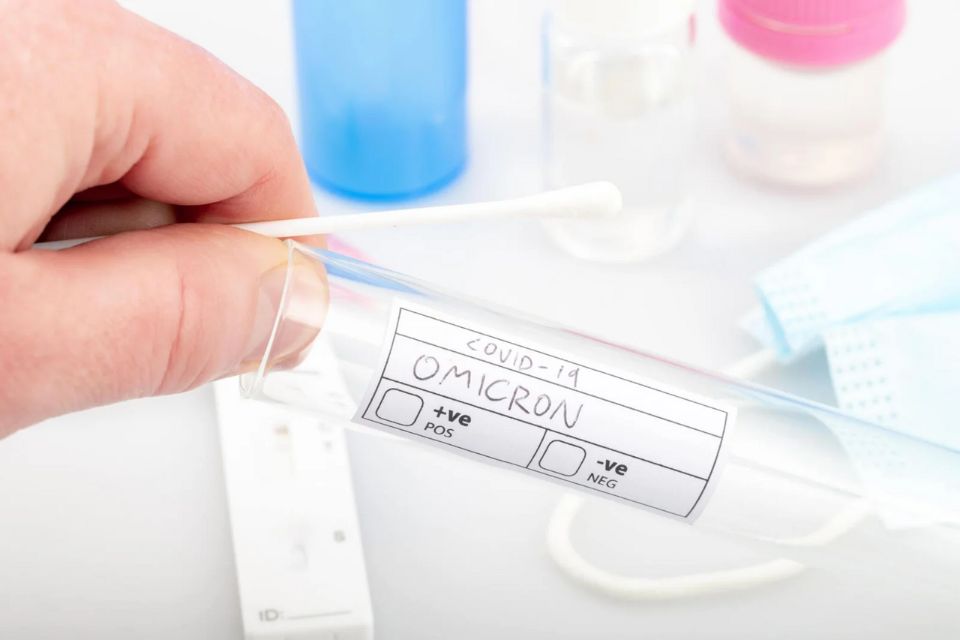Saliva as a Diagnostic Specimen Unravels HPV and STI Connections

The oral cavity is a crucial part of the human body, intricately linked to overall well-being. By collecting saliva samples, we can gain insights into an individual's oral health status and promptly identify and prevent potential disease risks.
Investigating Oral Human Papillomavirus Infections
In recent years, there has been a notable rise in oropharyngeal cancers caused by the human papillomavirus (HPV) in Australia. A longitudinal study conducted by researchers from the University of Queensland and Queensland University of Technology [4] explored the natural history of persistent oral HPV infections in the general population. To further understand potential co-factors, this study analyzed the associations between oral HPV infections and other sexually transmitted infections (STIs).
Saliva Collection Methods and Participants
Published in 2021, the study recruited 312 participants from workplaces, clinics, and university campuses across Queensland. Participants donated saliva samples at baseline, 6 months, 12 months, and 24 months, resulting in a total of 547 samples.
Detecting HPV and Other STIs
All saliva samples had previously been tested for HPV, with positive samples undergoing HPV genotyping. This current study selectively retested 132 HPV-positive and 180 HPV-negative participants' saliva samples for Chlamydia trachomatis (CT) and Neisseria gonorrhoeae (NG) using the Cepheid GeneXpert commercial platform.
Results and Analysis
The results revealed that 8 (2.6%) saliva samples were positive for CT, and 1 (0.3%) was positive for NG. These 9 positive samples came from 9 different participants, 5 males and 4 females, with 6 of them also testing positive for oral HPV in at least one of their samples.
However, further statistical analysis failed to establish significant associations between CT or NG infections and oral HPV positivity or persistence. These findings suggest that CT and NG may have little influence on oral HPV positivity rates and persistent infections in the general population.
Study Limitations and Future Directions
While no clear associations were found, the study acknowledged its small sample size and focus on the general population. The researchers emphasized the need for larger studies in high-risk cohorts to assess potential associations between oral STIs and oral HPV infections, as well as their outcomes.
In summary, regular saliva collection and testing are crucial for monitoring oral health and promptly identifying abnormalities. Through multidisciplinary research efforts, we can better understand the mechanisms underlying oral diseases, providing valuable insights for prevention and treatment strategies.
Click to View → Mantacc Saliva Collection Kits
References
Investigating oral human papillomavirus co-infection with Neisseria gonorrhoeae and Chlamydia trachomatis









